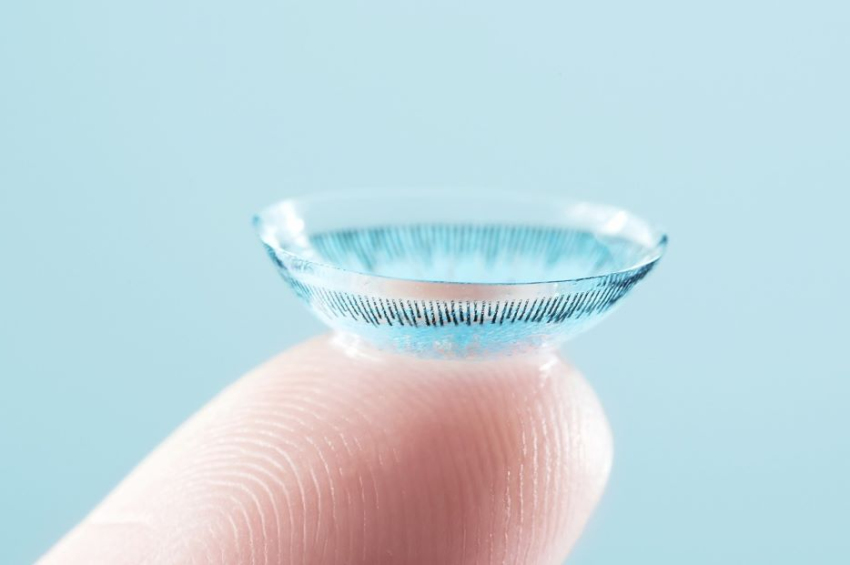New lenses that allow to see in the dark – even with your eyes closed
In a leap toward what might seem like science fiction, researchers have developed revolutionary contact lenses that allow humans — and even mice — to see in the dark using infrared light.
The transparent lenses, which require no external power source, convert invisible infrared radiation into visible light, granting wearers so-called “super-vision,” as detailed in the journal Cell.
The new contact lenses utilize specially engineered nanoparticles that detect near-infrared wavelengths (800–1600 nm) and convert them into the visible spectrum (400–700 nm). This breakthrough allows users to see infrared signals even with their eyes closed.
“Our research opens up the potential for non-invasive wearable devices to give people super-vision,” said senior author Tian Xue, a neuroscientist at the University of Science and Technology of China.
Speaking of potential applications for this material, he said flickering infrared light could be used to transmit information in security, rescue, encryption or anti-counterfeiting settings.
Unlike traditional infrared goggles, these contact lenses are transparent and allow users to perceive both natural and infrared light simultaneously. In testing, human participants wearing the lenses could detect flashing Morse code-like signals and determine the direction of incoming infrared light. Strikingly, their ability to interpret these signals improved when their eyes were closed.
More to read:
Scientists create sci-fi holograms we can see, hear, and feel
“It’s totally clear cut: without the contact lenses, the subject cannot see anything, but when they put them on, they can clearly see the flickering of the infrared light. We also found that when the subject closes their eyes, they’re even better able to receive this flickering information, because near-infrared light penetrates the eyelid more effectively than visible light, so there is less interference from visible light,” the scientist was quoted as saying in an official statement.
The team’s earlier work involved injecting these nanoparticles directly into the eyes of mice, but the goal was to find a less invasive solution. The new lenses are made by integrating the infrared-converting nanoparticles with soft, flexible, and non-toxic polymers used in standard contact lenses.
More to read:
New sound technology can selectively target individuals in a crowd
Experiments showed that mice wearing the lenses preferred dark areas over infrared-lit ones — an indication they could perceive the infrared light.
To enhance utility, the researchers designed an added feature: the ability to distinguish different infrared wavelengths by color. For example, 808 nm light was converted to green, 980 nm to blue, and 1,532 nm to red. This not only increases visual detail in the infrared spectrum but could have implications for assisting colorblind individuals.
While the contact lenses represent a giant step forward, they’re not perfect. Because of their proximity to the retina, the images can be blurry, as the converted light tends to scatter. To improve clarity, the researchers also developed a glasses-based system using the same nanoparticle technology to provide higher-resolution imagery.
More to read:
New 3D bioprinter creates human tissue in seconds
Currently, the lenses can only detect relatively strong infrared light emitted by LED sources but the team is working to boost the nanoparticles’ sensitivity for lower-intensity infrared detection.
The research was supported by numerous science and innovation programs in China, including the Science and Technology Innovation 2030 Major Program, the Human Frontier Science Program, and several national and provincial foundations.







